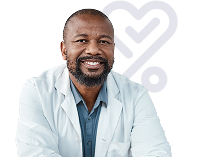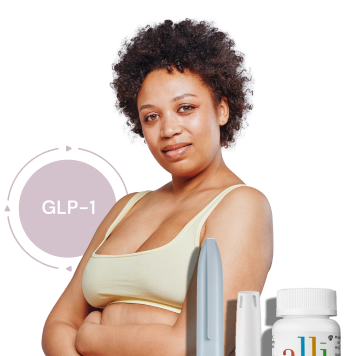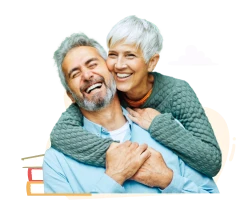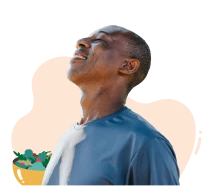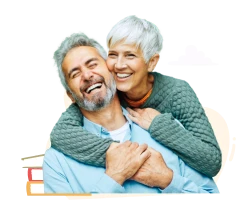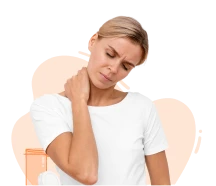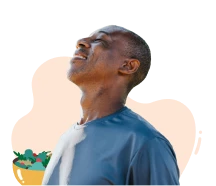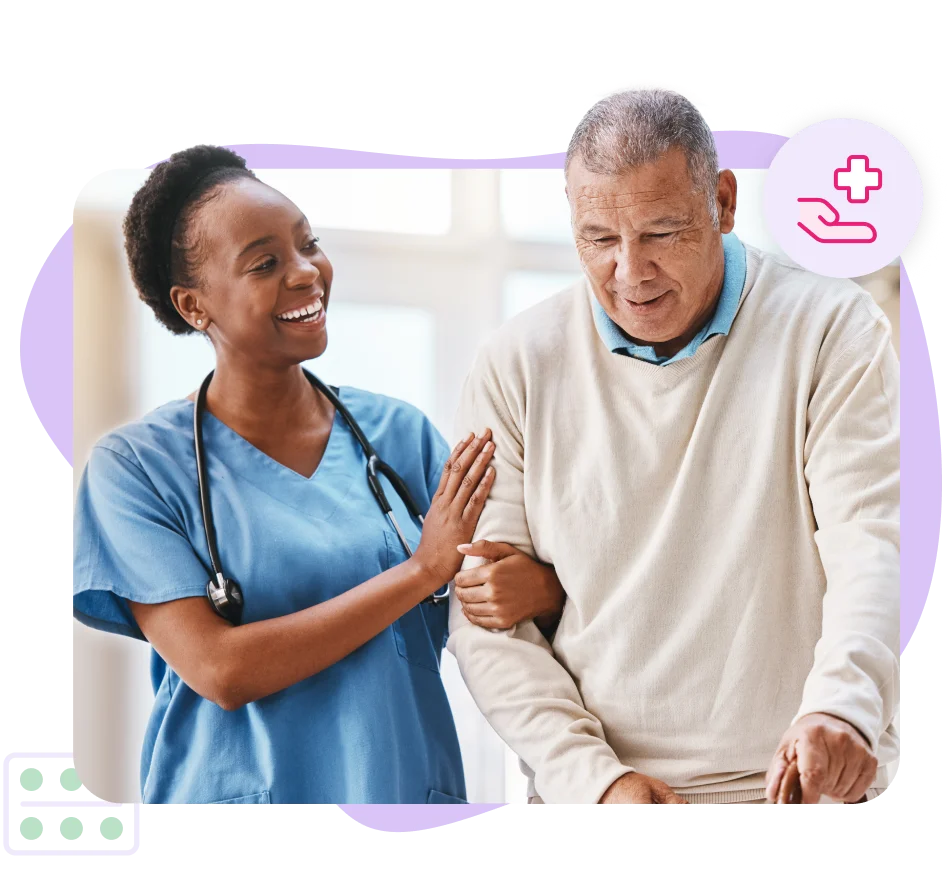Overview
What is a stroke?
A stroke, also known as a cerebrovascular accident (CVA), is a medical emergency that happens when the blood supply to part of the brain is disrupted or cut off, leading to brain cell damage, disability or death.
Types of stroke
- Ischemic Stroke (blocked artery)—the most common kind of stroke occurs due to a blood clot within a cerebral artery (thrombotic stroke) or when a blood clot travels from another part of the body usually the heart to the brain and blocks a blood vessel (embolic stroke). A temporary (as little as 5 minutes) disruption of blood flow to the brain by a clot or debris is known as a transient ischemic attack (TIA), or a “mini-stroke”. It doesn’t cause lasting symptoms but it is a warning sign for potential strokes in the future.
- Hemorrhagic Stroke (burst blood vessel)—occurs when a blood vessel in the brain leaks or ruptures and causes bleeding into or around the brain.
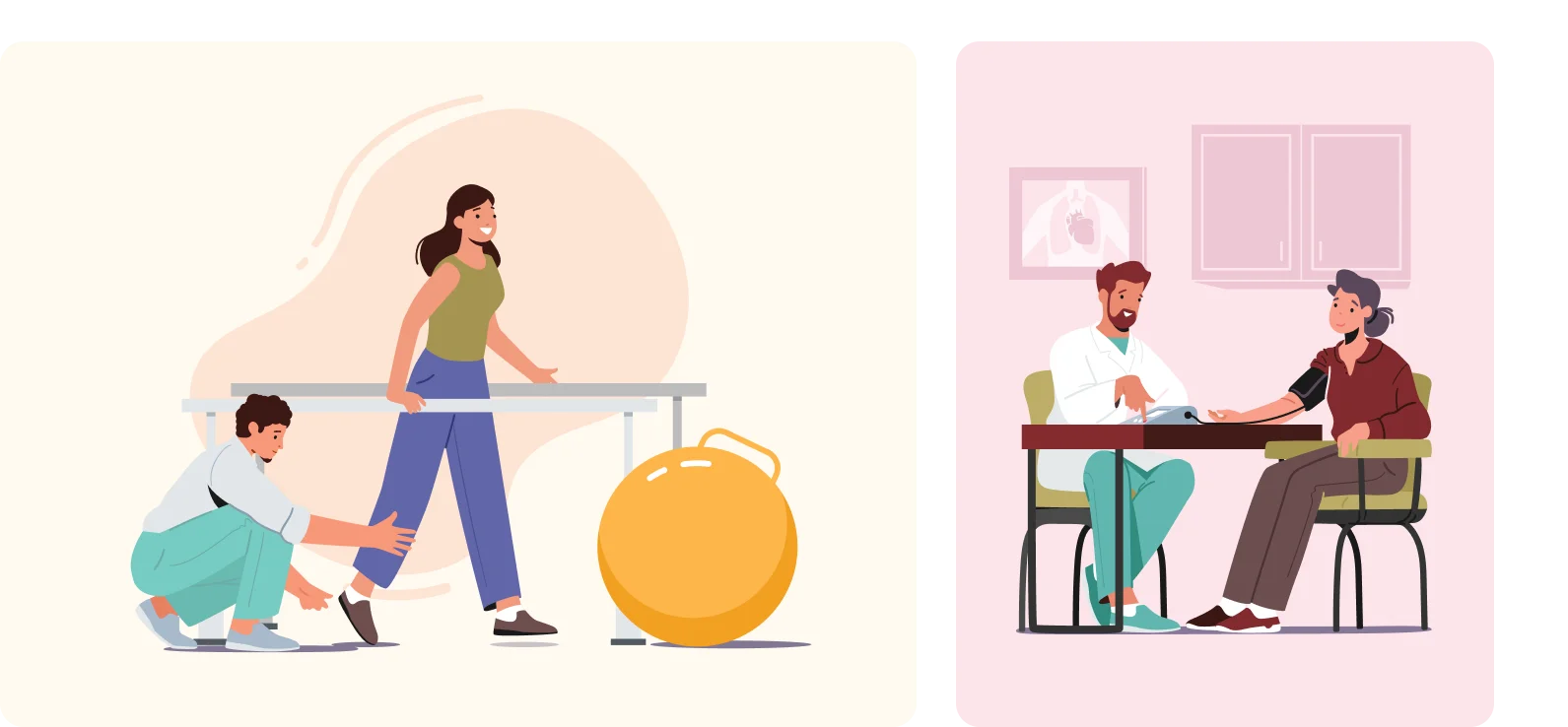
Causes
Strokes are caused by a blockage or narrowing of a blood vessel, leading to reduced flow or stop in supply of blood to the brain.
Factors that increase the risk of having a stroke, include:
- Uncontrolled high blood pressure (hypertension)
- High cholesterol
- Diabetes
- Bulges at weak spots in your blood vessel walls (aneurysms)
- Trauma (such as a car accident)
- Protein deposits in blood vessel walls that lead to weakness in the vessel wall (cerebral amyloid angiopathy)
- Being overweight or obese
- Physical inactivity
- Heavy or binge drinking
- Use of illegal drugs such as cocaine and methamphetamine
- Cigarette smoking or secondhand smoke exposure
- Obstructive sleep apnea
- Cardiovascular disease, including heart failure, heart defects, heart infection or irregular heart rhythm and atrial fibrillation
- Personal or family history of stroke, heart attack or transient ischemic attack
Symptoms
Symptoms of a stroke can vary depending on the area of the brain affected. Time is critical when you or someone is having a stroke, so it can be helpful to identify the most common signs quickly with the word FAST (Face, Arms, Speech, Time):
- Face—your face, mouth, eye, or smile may droop on one side
- Arms—you may not be able to lift both arms and keep them there
- Speech—you may have slurred or garbled speech or not be able to speak at all. You might also have a hard time understanding others.
- Time—get emergency help immediately.
Other symptoms include:
- Vision problems—blurred, double or blackened vision in one or both eyes
- Severe headache—sudden headache often accompanied by vomiting, dizziness or altered consciousness.
- Dizziness—loss of balance, or coordination difficulties
- Confusion—difficulty with memory, or changes in behaviour
- Trouble walking—sudden numbness, weakness or paralysis in leg causing you to stumble or lose your balance







